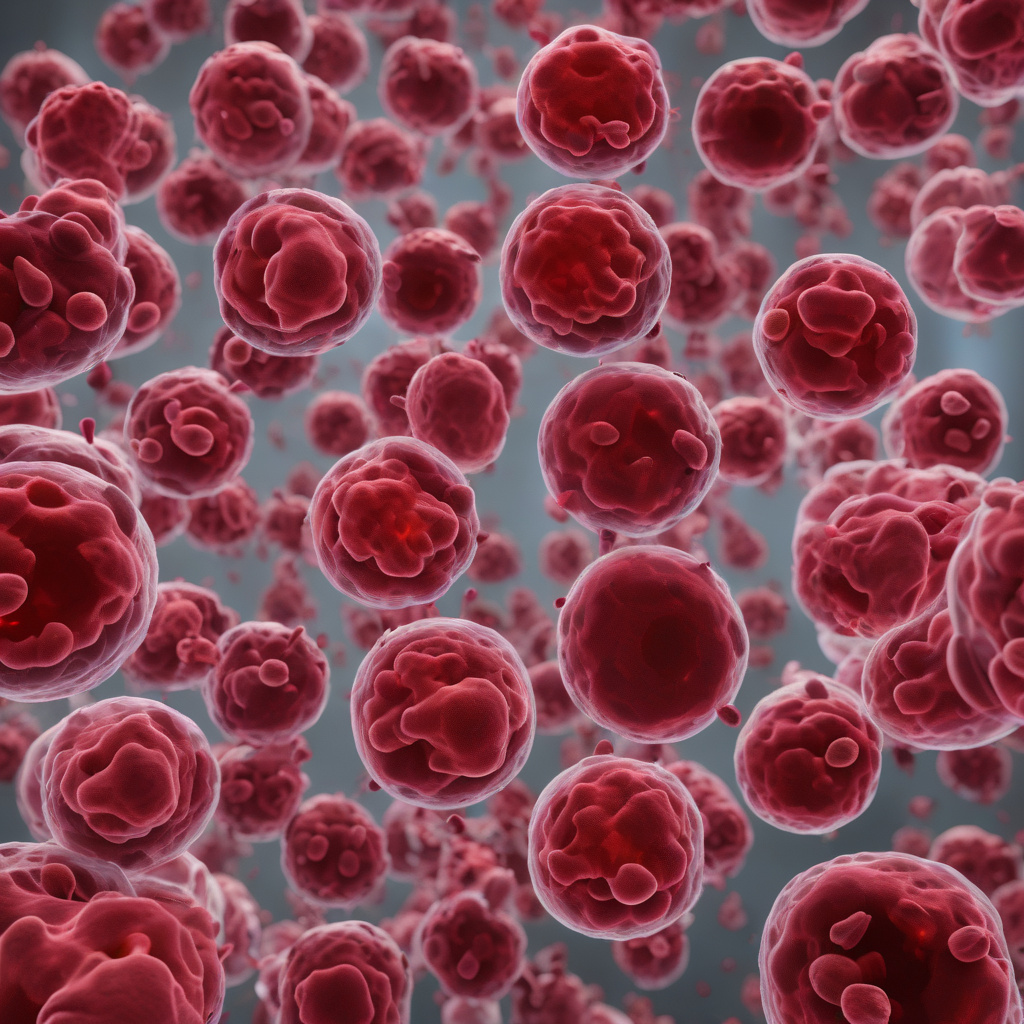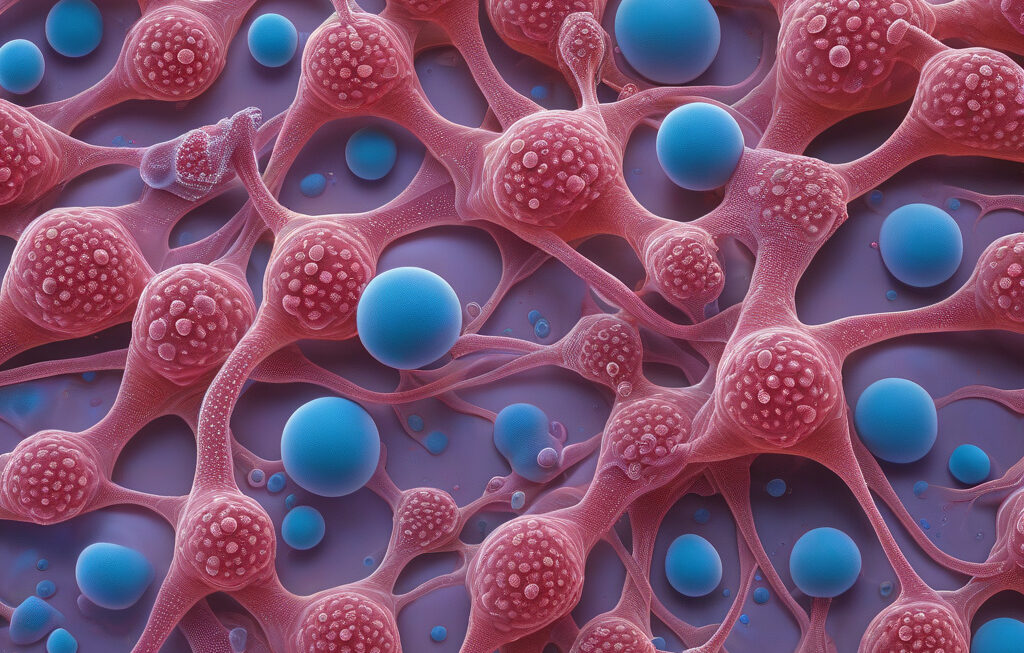AI Microscope Revolutionizes Blood Clot Detection
The field of healthcare continues to witness remarkable advancements, with technology playing a pivotal role in transforming diagnostic capabilities. In a groundbreaking development, scientists have unveiled an artificial intelligence (AI) microscope that enables the real-time detection of live blood clot activity. This innovation marks a significant leap forward in the monitoring and understanding of platelet clumping, a process critical in assessing and treating various medical conditions.
Platelet clumping, the aggregation of blood cells that leads to the formation of clots, plays a crucial role in the body’s response to injury and bleeding. However, abnormal clotting can also result in serious health complications, such as heart attacks and strokes. Therefore, the ability to observe and analyze clot formation in real-time is invaluable for healthcare providers seeking to intervene promptly and effectively.
Traditionally, the detection of blood clots has relied on time-consuming and invasive methods, often yielding results after the clotting process has already occurred. With the AI microscope, scientists can now observe platelet clumping instantly, offering a dynamic view of clot formation as it happens. This real-time monitoring not only enhances our understanding of clotting mechanisms but also provides opportunities for early intervention and personalized treatment strategies.
The AI microscope functions by utilizing advanced imaging techniques and machine learning algorithms to track the behavior of individual platelets in a live blood sample. By analyzing the movement and interactions of these blood cells in real-time, the system can identify patterns indicative of clot formation. This level of precision and efficiency in clot detection holds promise for improving diagnostic accuracy and patient outcomes in a variety of medical settings.
Moreover, the AI microscope’s capabilities extend beyond mere observation, as it also enables researchers to study the effects of different medications and treatments on clotting dynamics. By simulating various scenarios and interventions, scientists can gain insights into how to tailor therapies to individual patients, optimizing efficacy while minimizing risks. This personalized approach to managing clotting disorders represents a significant advancement in precision medicine.
The implications of this technology are far-reaching, with potential applications in diverse medical specialties ranging from cardiology to hematology. For instance, in cardiology, the ability to monitor blood clot activity in real-time could revolutionize the management of patients with cardiovascular diseases, enabling timely interventions to prevent heart attacks or strokes. Similarly, in hematology, the AI microscope’s capabilities could enhance the diagnosis and treatment of blood disorders characterized by abnormal clotting.
As we continue to witness the convergence of healthcare and technology, innovations like the AI microscope underscore the transformative power of artificial intelligence in revolutionizing medical practices. By harnessing the capabilities of AI to enhance our understanding of complex biological processes, we are poised to usher in a new era of precision medicine that is tailored to the unique needs of each individual. The AI microscope’s ability to detect live blood clot activity in real-time represents a significant milestone in this journey towards personalized and proactive healthcare.
In conclusion, the AI microscope’s capacity to observe platelet clumping instantly heralds a new chapter in the diagnosis and treatment of clotting disorders. By providing real-time insights into clot formation and dynamics, this technology equips healthcare providers with valuable information to deliver timely and targeted interventions. As we embrace these advancements at the intersection of AI and healthcare, we are paving the way for a future where precision medicine is not just a possibility but a reality.
AI microscope, Blood Clot Detection, Platelet Clumping, Precision Medicine, Healthcare Revolution












